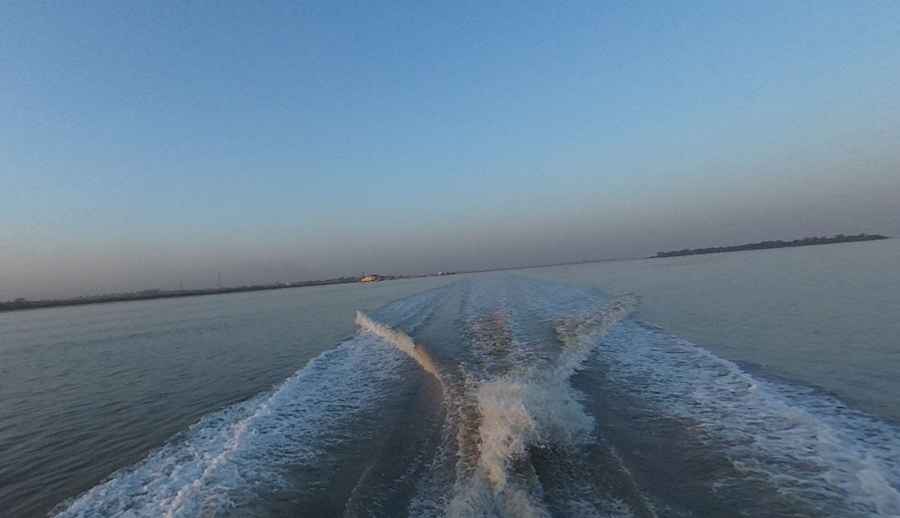Highway 10: The Transatlantic Cocaine Corridor Bridging South America and Africa
The 10th Parallel marine and aerial routes, known historically for facilitating trade between South America and West Africa, have taken on a new and sinister role in modern times. These routes, spanning a distance of approximately 2,500 kilometers between Venezuela and the western coast of Africa, have earned the ominous moniker "Highway 10" among law enforcement due to their use by Latin American drug cartels for shipping vast quantities of cocaine to the ever-expanding European market.

The historical significance of this route cannot be ignored, as it served as a harrowing path for millions of West African slaves transported to South America between the 16th and 19th centuries. However, in recent decades, Highway 10 has gained notoriety for an entirely different reason – as a conduit for smuggling cocaine from northern South America to the West African coast, particularly between Venezuela and Guinea, including adjacent Guinea-Bissau, and Cape Verde. This strategic corridor allows traffickers to exploit the shortest route across the Atlantic, making it an attractive option for the illicit drug trade.
With the rise of the European market for cocaine, South American drug cartels found Highway 10 to be an enticing passage for their nefarious operations. West Africa became a crucial stopover, serving as a stockpiling point where multi-tons of narcotics could be warehoused before being distributed in smaller quantities to Europe through drug mules and other means. The islands along the Tenth Parallel, like Cape Verde, play a significant role in this criminal network, akin to motorway service stations, providing an opportunity for traffickers to refuel their ships and efficiently move their illicit cargo towards Europe.
The geographical significance of the 10th Parallel, 10 degrees south of the equatorial plane, cannot be understated. Its shortened distance across the Atlantic has made it an attractive choice for traffickers seeking to evade law enforcement and smuggle their illicit goods with greater efficiency and reduced risk of detection.
The transatlantic cocaine corridor has presented a formidable challenge for international law enforcement agencies. Despite concerted efforts to combat drug trafficking along Highway 10, the vastness of the ocean and the intricate network of criminal organizations involved make it a complex task. Authorities from different nations have collaborated to disrupt the flow of narcotics through joint operations and intelligence sharing. These efforts have led to some notable successes, intercepting large drug shipments and apprehending key players in the illicit trade.
Nonetheless, the allure of this treacherous route, with its dark history and strategic advantages, continues to draw drug traffickers. The battle to secure Highway 10 and dismantle the networks that exploit it remains ongoing, requiring a concerted effort from nations around the world to stem the flow of cocaine and protect vulnerable communities affected by this destructive trade.
In conclusion, Highway 10, the transatlantic route that once bore the weight of millions of enslaved Africans, has now become a perilous conduit for the transportation of cocaine from South America to Europe. Its history as a trade route has transformed into a dark and dangerous pathway, requiring international cooperation and dedication to combat the drug cartels that exploit this corridor. Only through united efforts can we hope to secure Highway 10 and curb the flow of illicit drugs that harm societies on both sides of the Atlantic.